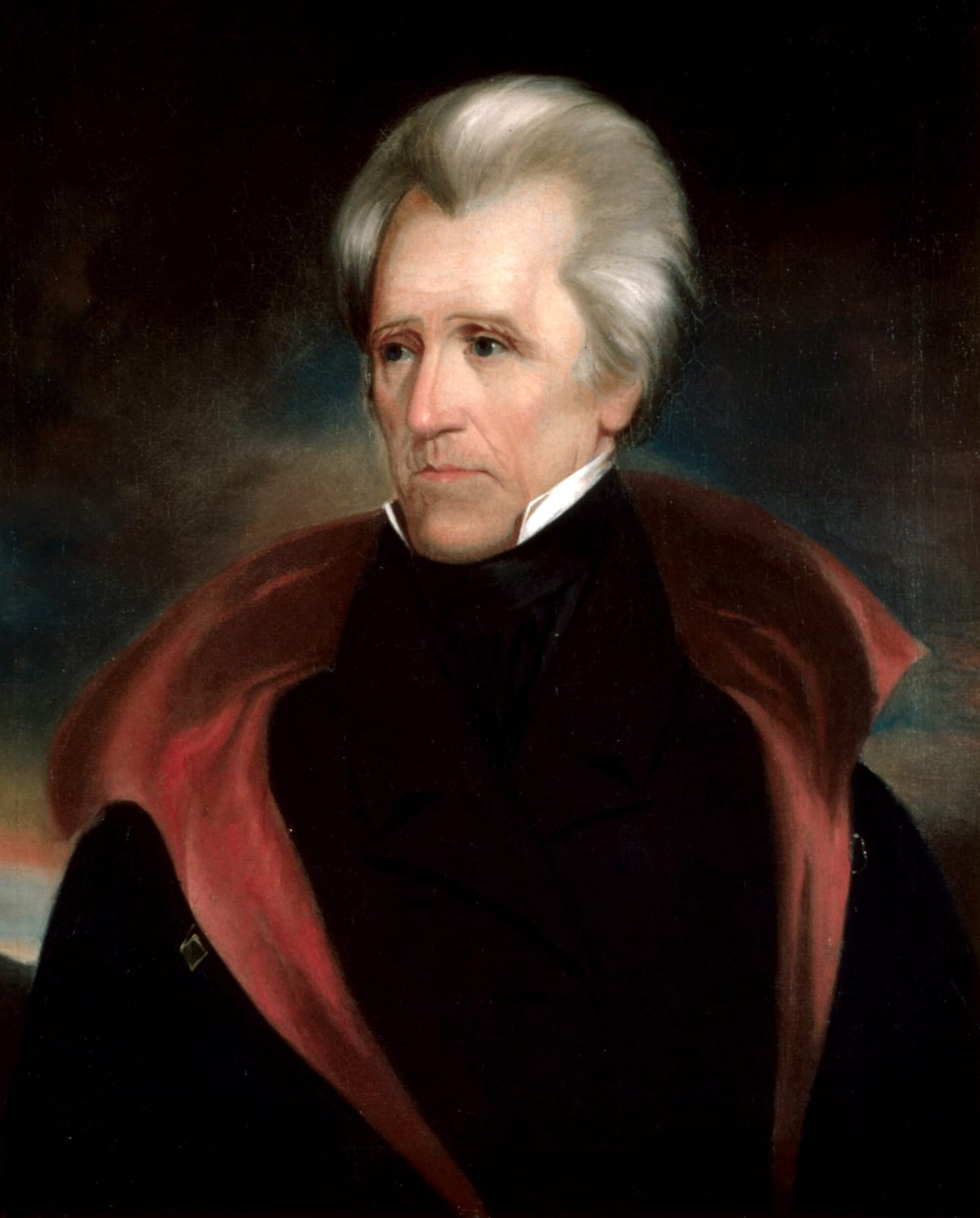January 15 has seen its fair share of epic moments, weird twists, and downright bizarre occurrences. From ancient Roman power struggles to sticky disasters and halftime shows that leave you scratching your head, this date has delivered. Ready for a deep dive? Let’s explore the incredible (and sometimes hilarious) history of January 15.
69 CE: Otho Becomes Emperor (for a Hot Minute)
Let’s set the scene: it’s the year 69 CE, and Rome is in full chaos mode. This year would later be dubbed the “Year of the Four Emperors,” and for good reason—nobody could hold onto the throne for long.
Enter Otho, a cunning Roman politician with an eye for opportunity. On January 15, he decided it was his time to shine. After winning over the powerful Praetorian Guard (Rome’s version of a secret service with a penchant for coups), Otho orchestrated the assassination of Emperor Galba. With Galba out of the way, Otho declared himself the new ruler.
Sounds impressive, right? Except his reign lasted only three months. By April, Otho was defeated by Vitellius, another wannabe emperor, and died by suicide. If you thought modern politics was ruthless, ancient Rome said, “Hold my amphora of wine.”
1535: Henry VIII Becomes the Supreme Head of the Church of England
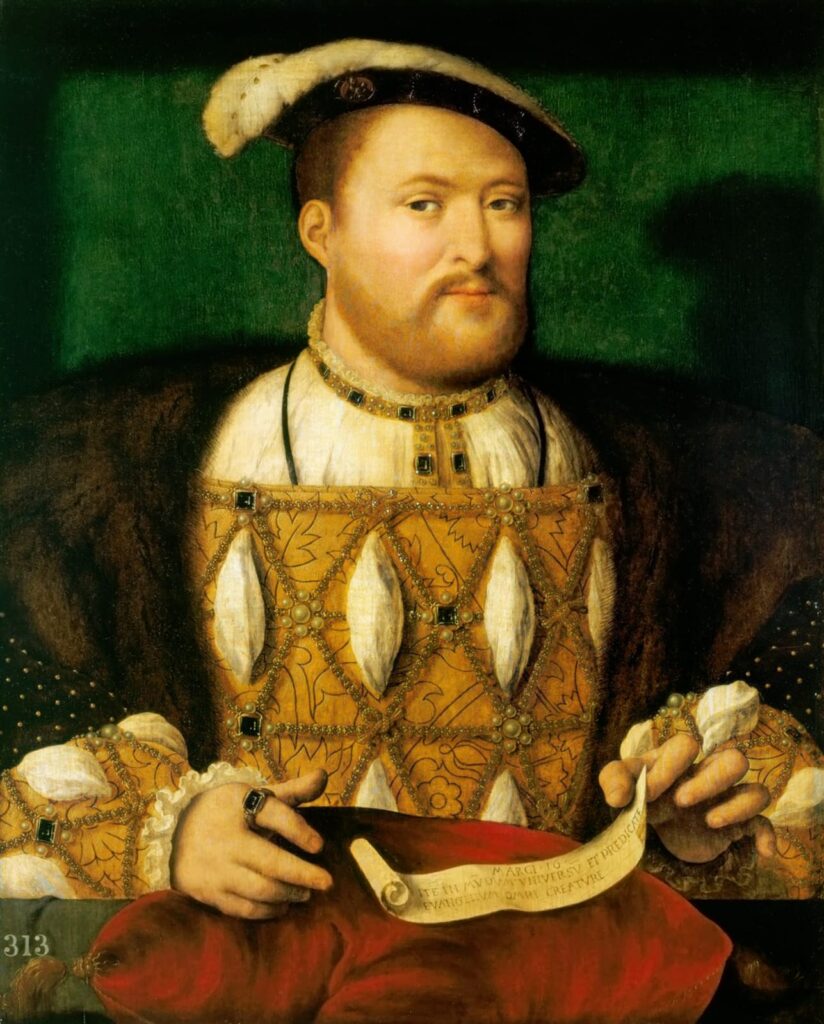
When Henry VIII wanted something, he got it—rules be damned. After the Pope refused to annul his marriage to Catherine of Aragon, Henry decided to take matters into his own hands. On January 15, 1535, he officially declared himself the Supreme Head of the Church of England, severing ties with the Roman Catholic Church.
This wasn’t just about marital drama (though there was plenty of that). Henry’s move created a seismic religious shift in England. It also set the stage for centuries of tension between Catholics and Protestants.
Oh, and let’s not forget Henry’s habit of discarding wives. His legacy includes a church, six marriages, and a reputation as one of history’s most notorious monarchs. The man was essentially a walking reality TV show.
1559: Elizabeth I Gets Crowned Queen of England
When Elizabeth I took the throne on January 15, 1559, England was in desperate need of a win. Her half-sister Mary I (known as “Bloody Mary”) had left the country divided and battered, but Elizabeth wasn’t about to let that define her reign.
Her coronation was a spectacle for the ages, filled with lavish pageantry, music, and even exotic animals. Elizabeth’s rise marked the start of England’s golden age, a time of cultural flourishing, exploration, and political stability. Under her rule, Shakespeare thrived, the Spanish Armada was defeated, and England became a major global player.
Elizabeth never married, famously declaring herself married to her kingdom. She was the ultimate boss queen—literally.
1759: The British Museum Opens Its Doors
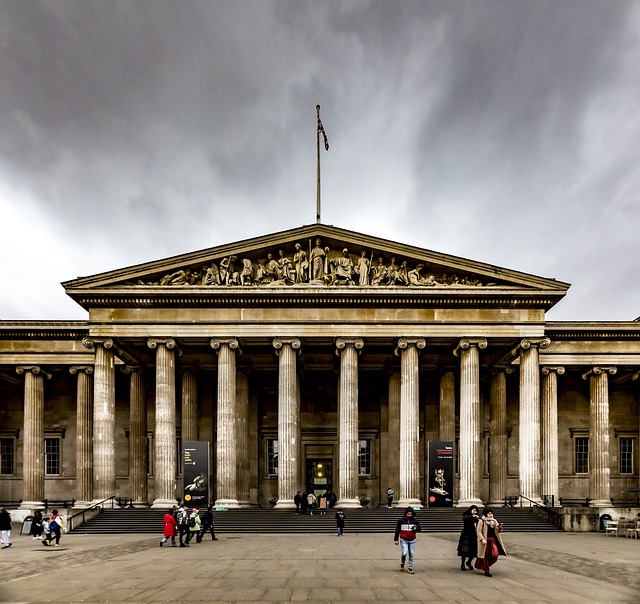
On January 15, 1759, the British Museum became the world’s first public national museum. For the first time, regular people could marvel at treasures that were usually reserved for royalty or the ultrarich.
Among the museum’s early exhibits were ancient artifacts, manuscripts, and natural specimens. Admission was free, but there was a catch: visitors had to apply for tickets in advance. It was basically 18th century VIP access.
Today, the British Museum is one of the most famous museums in the world, home to iconic pieces like the Rosetta Stone and the Elgin Marbles. But its origins remind us that even back then, people loved a good field trip.
1777: Vermont Declares Independence from Everyone
Tired of being told what to do, Vermont decided to go rogue on January 15, 1777. It declared independence—not just from Britain but also from New York, which had been trying to claim it as part of its territory.
For 14 years, Vermont operated as its own republic, complete with its own currency and constitution. It was like the cool, rebellious teenager of the early United States. Eventually, Vermont joined the Union in 1791 as the 14th state, but its brief stint as an independent nation is still a point of pride for Vermonters.
1797: The Bank of England Heist That Wasn’t
File this under “most bizarre crime attempts.” On January 15, 1797, a disgraced clergyman named Philip Withers tried to pull off a heist—sort of. He claimed to have sensitive information about the Bank of England’s finances and demanded a hefty payout to keep quiet.
The bank’s response? They called his bluff. Withers was exposed as a fraud, and his plan fell apart faster than you can say “bad decisions.” The whole episode became a cautionary tale about overestimating your leverage.
1885: Snowflake Bentley’s Cool Obsession
On January 15, 1885, Wilson A. Bentley became the first person to photograph a single snowflake. Using a microscope attached to a camera, the Vermont farmer captured the intricate beauty of snowflakes, proving that no two are alike.
People thought Bentley was a bit… eccentric. But his work laid the groundwork for modern meteorology and turned him into a legend. Today, he’s affectionately remembered as “Snowflake Bentley,” a man who found beauty in the tiniest details.
1919: Boston’s Great Molasses Flood
This sounds like the setup to a joke, but it’s 100% real. On January 15, 1919, a giant storage tank holding 2.3 million gallons of molasses exploded in Boston’s North End. The result? A 25foot wave of molasses rushing through the streets at 35 mph.
The disaster killed 21 people, injured 150, and caused catastrophic damage. Cleanup efforts lasted for months, and for years afterward, locals claimed they could still smell molasses on hot summer days.
The incident became a legal landmark, leading to stricter safety standards for industrial facilities. But it also left us with one of history’s strangest disasters—a sticky reminder of what happens when infrastructure fails.
1943: The Pentagon Gets Dedicated (With Cheese Sandwiches)
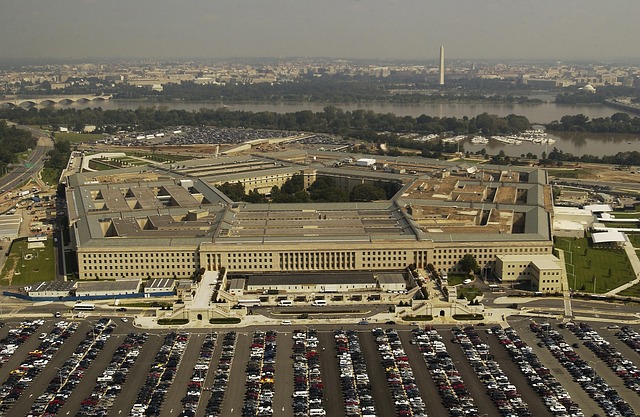
On January 15, 1943, amidst the backdrop of World War II, the Pentagon was officially dedicated as the world’s largest office building. Spanning 6.5 million square feet, the structure was a marvel of engineering and a symbol of America’s wartime resolve. The ceremony was grand, attended by military leaders and government officials, but the catering? Not so much.
Thanks to wartime food rationing, the menu for this historic event featured… cheese sandwiches. No frills, no fancy hors d’oeuvres, just simple slices of cheese tucked between bread. It was a stark reminder of the sacrifices and resourcefulness required during the war. While the guests admired the impressive architecture and the building’s labyrinth of corridors, they did so with modest meals in hand. A quirky juxtaposition, it highlights how even moments of grandeur were shaped by the era’s challenges.
1967: Super Bowl I’s Halftime Show Was… Unique
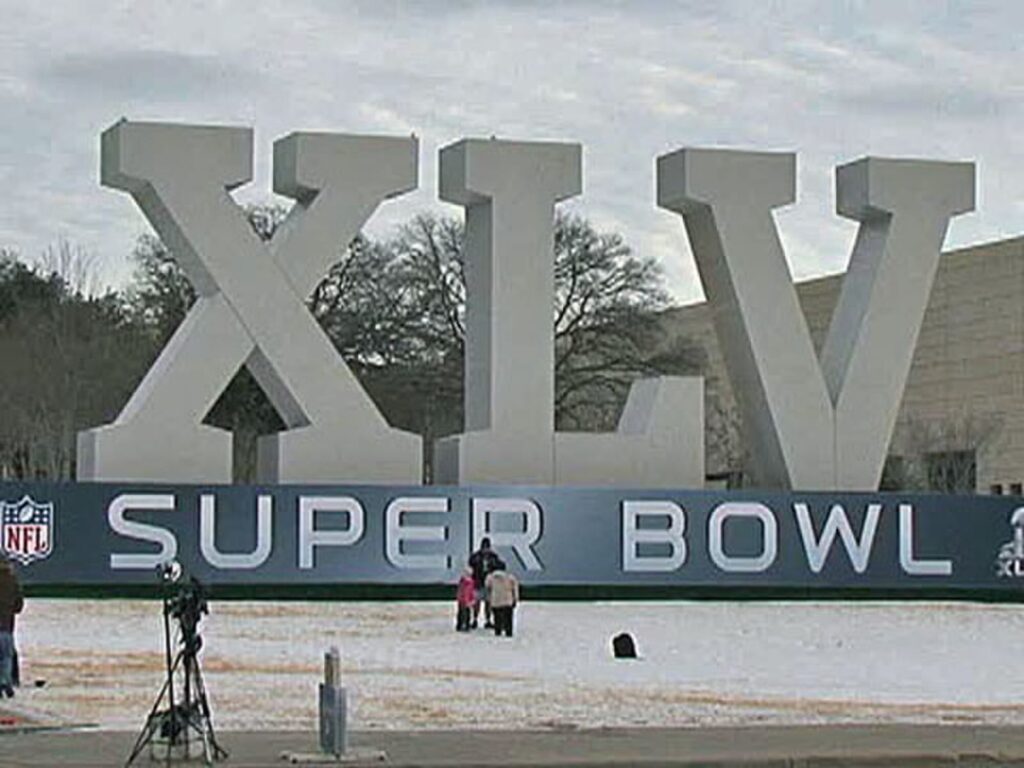
On January 15, 1967, the Green Bay Packers defeated the Kansas City Chiefs 3510 in the first ever Super Bowl. But the game wasn’t the only highlight—Super Bowl I’s halftime show was a spectacle of its own.
Forget today’s pyrotechnics and pop stars. Back then, the show featured two university marching bands, a jazzy trumpet performance, and—wait for it—a man flying around in a jetpack. Yes, a jetpack. The bands performed medleys celebrating American patriotism and the “Space Age,” reflecting the boundless optimism of the 1960s.
It was a charmingly chaotic mix of pageantry and experimentation, with more than a few head scratching moments. Though far from the polished productions we see today, the quirky halftime show laid the groundwork for the entertainment juggernaut the Super Bowl halftime would eventually become.
2001: Wikipedia Goes Live
January 15, 2001, marked the birth of Wikipedia, the free online encyclopedia that would change how we access information forever. Created by Jimmy Wales and Larry Sanger, Wikipedia was a bold experiment in crowdsourced knowledge.
At first, people doubted it would work—after all, anyone could edit the articles. But over time, Wikipedia became one of the most reliable and comprehensive sources of information on the internet. Today, it’s the goto site for everything from settling trivia disputes to writing last minute essays.
January 15: Proof That History Is Anything but Boring
From ancient Rome to the internet age, January 15 has seen it all: power grabs, disasters, quirky geniuses, and game changing innovations. These moments remind us that history isn’t just about dates and names—it’s full of drama, humor, and surprises that keep us coming back for more.


